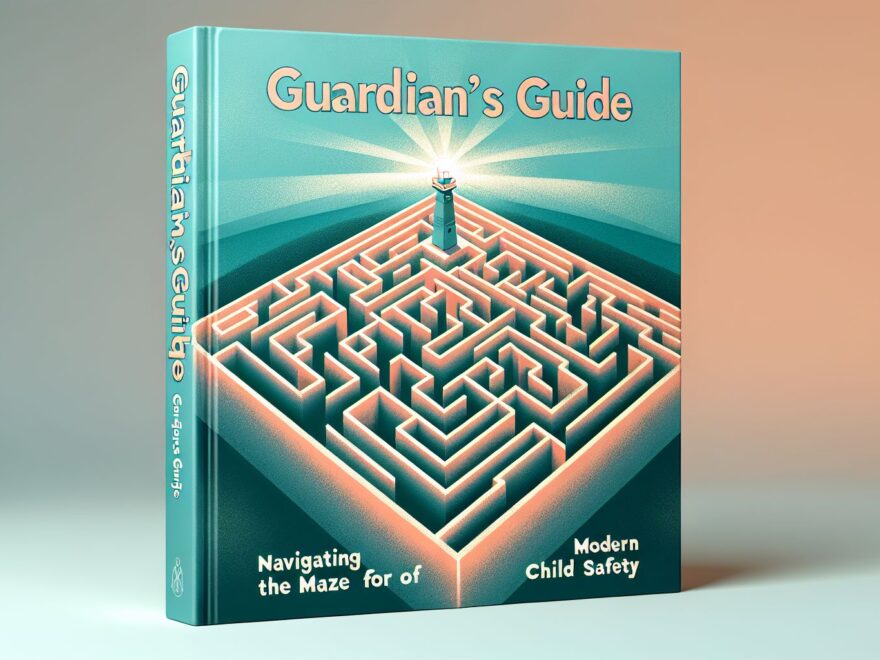The world today spins on an axis of innovations, convenience, and boundless access to information. However, this modernity also brings unique challenges—particularly in ensuring the safety of our youngest and most vulnerable members: our children. In recent times, parents and guardians are beset with worries that range from physical dangers in the real world to the unseen hazards of the digital realm. In this article, we’ll unfold the layers of child safety, providing essential insights and strategies for protecting our children in diverse environments.
 The Ever-Evolving Landscape of Child Safety
The Ever-Evolving Landscape of Child Safety
Child safety is a puzzle that changes shape with every generation. Although the core concerns such as prevention of injuries, abductions, or abuse remain, the advent of the internet has greatly expanded the perimeter parents must now monitor. As technology becomes increasingly intertwined with daily life, new threats emerge, demanding ever-vigilant eyes and proactive measures.
Safeguarding in the Digital Domain
Online safety has catapulted to the forefront of parental concerns. The rise of social media, gaming, and mobile devices means that children can be exposed to risks such as cyberbullying, online predators, and exposure to inappropriate content at a touch of a button. And so, digital literacy is no longer optional; it’s a fundamental skill set for modern parenting.
To keep children safe online, establish open communication from the outset. Encourage your children to share their online experiences and maintain a dialogue about the content they consume. Use parental controls judiciously to limit access to age-appropriate material and monitor online interactions.
Real-World Vigilance
Although the digital space garners much attention, traditional real-world dangers remain. For younger children, physical safety measures such as child-proofing your home, teaching road safety, and maintaining a safe play environment are paramount.
As for older children, who may be venturing further from home, teaching them to be aware of their surroundings, to trust their instincts regarding strangers, and to have a plan if they feel unsafe is vital. Equip them with knowledge about who to turn to if they need help and ensure they know how to contact you at all times.
Empowering with Education
Child safety education should begin at an early age. By empowering children with knowledge about their body autonomy and the confidence to say “no” when they feel uncomfortable, we strengthen their defenses against potential abuse. Educational programs in schools can serve as effective platforms for imparting these lessons, but such conversations should also take place at home.
Tools and Resources
Fortunately, we aren’t without help. There’s a bevy of resources available to parents. From apps that monitor your child’s phone activity to websites that offer guidance on internet safety, the tools at your disposal are many. Community programs for child safety and advocacy centers can also be invaluable allies in your quest to safeguard your children.
In Summary: The Protective Shield of Awareness and Action
When it comes to child safety, knowledge truly is power. In an age where threats can come from any quarter, staying informed and being proactive are the shields that will protect our children from harm. By fortifying their digital defences, instilling awareness of the physical dangers that may lie beyond the safety of our homes, and arming them with education about personal safety, we craft an armor of preparedness around them.
Let these insights and strategies not overwhelm but empower you. As the keepers of the next generation, it’s upon us to navigate these challenges with wisdom and resolve. By weaving the threads of safety into the fabric of everyday life, we give our children the freedom to explore, learn, and grow in a secure environment—a legacy of safety that will outlive us and benefit the generations to come.

